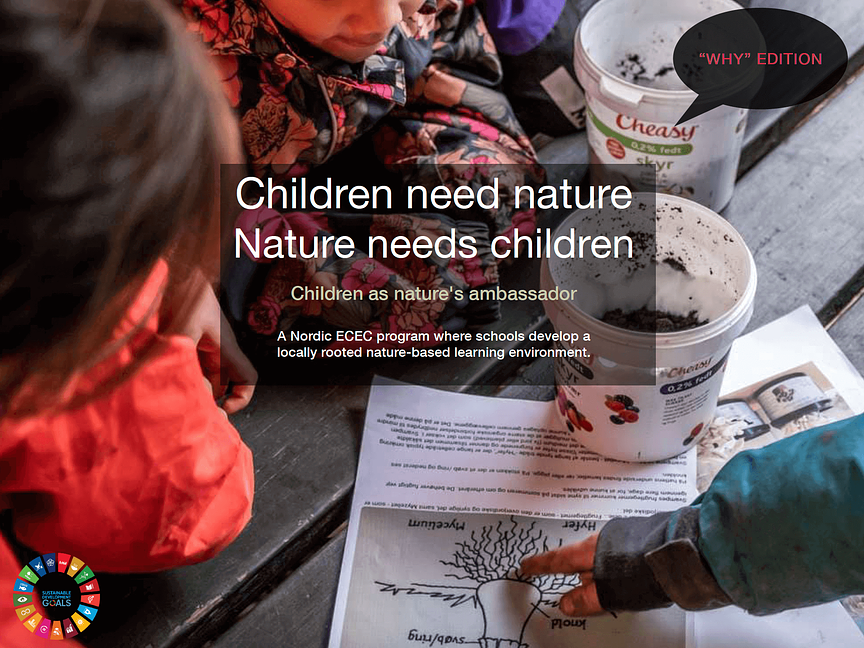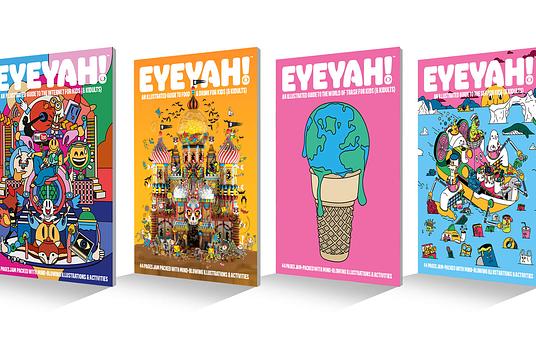As an international education consultant, I have experienced that in urban areas it can be difficult to include nature as a qualitative learning environment, as there is often no easy access to nature-friendly areas. With this educational approach, the teacher in own context develops local initiatives that develop nature pedagogical learning environments.
"Indoors out - Outdoors in"
The program is curriculum based with a focus on an alternation between 6 training seminars and testing and development in one's own practice.
Course Description and Objectives have been prepared in collaboration with NYC Department of Education.
The pedagogical approach that underpins the entire educational foundation of the program is based on the Nordic social pedagogical approach. (And Denmark's national curriculum)
Here, the child's development, learning and well-being is promoted with a pedagogy that includes principles such as care, play, relationships, outdoor life, democracy and the child's perspective, etc. Childhood and play have a value in themselves - The child is seen as a curious agent of own learning.
Theoretical foundation on which the program is based
-Vygotsky's Sociocultural theory
-John Dewe Learning by doing
-Hiim og Hippes didaktiske relationsmodel
-Stig broström didaktisk model
I am particularly proud that the program foundation and teaching material are now fully developed. And that the program, in collaboration with the NYC Department of Education, has been tested over 6 months. As well as now adjusted. Thus, the program is now also ready to be spread. As important experience and know-how for the development of the program, I am also particularly proud of my many years as Principal at an award-winning forest kindergarten in Denmark.
Going forward, the goal is for the program to be implemented around the world. With the focus both on ensuring that all children (also in urban areas) can have qualitative interaction with nature. As well as influencing children to care for nature, with a sustainability perspective.(Activities that promote local biodiversity)
It is possible to arrange a CNNNNC course by contacting Michael Hall Larsen at info@nordicedu.dk



